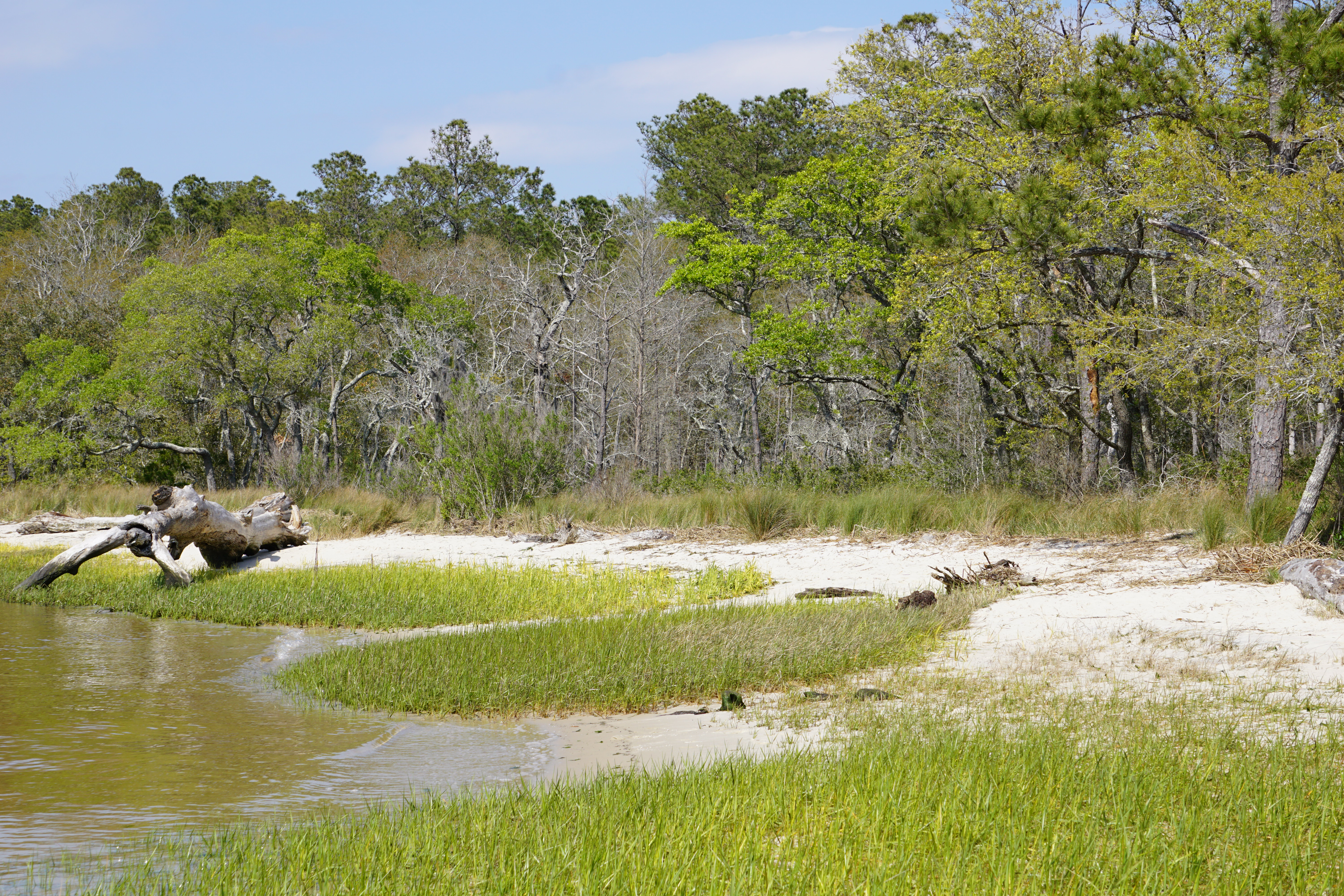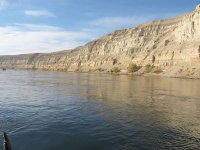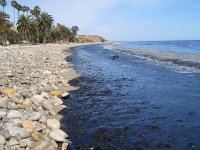10 Projects, $12 million, Approved to Restore North Carolina Habitat After Superfund Site Pollution
June 24, 2020
The natural resource trustee agencies for the Kerr-McGee Superfund site released the Final Phase I Restoration Plan and Environmental Assessment (PDF, 108 pages), approving $12.3 million in habitat restoration projects to make up for impacts from chemical releases into the environment at the site in North Carolina.
The initial phase of restoration includes 10 projects that aim to restore and preserve unique and vulnerable habitats within the Lower Cape Fear River Watershed that once supported ecologically and economically important fish species. These projects will be funded by a portion of the 2014 $23 million settlement. The Trustees will continue restoration in phases until all remaining settlement funds are exhausted.
The proposed projects were evaluated in a draft restoration plan, out for public comment for 45 days. Comments were received in support of the proposed projects and none warranted significant modification of the scope or impact of the restoration alternatives selected in this Final Phase I RP/EA. The 10 “Phase I” selected projects are designed to restore and preserve habitats for fish and other species, similar to those at the Superfund site. They include:
- Alligator Creek Restoration and Conservation
- Battleship North Carolina—Living Water Restoration
- Carolina Beach State Park Restoration
- Indian Creek Natural Resource Restoration and Conservation
- Lower Black River Conservation
- Lower Cape Fear Bottomlands Conservation
- Merrick Creek Conservation
- Moze Heritage Site Tidal Restoration
- Navassa Stormwater and Riparian Restoration
- Navassa Waterfront Park
The Cape Fear and nearby rivers once supported thriving migratory fish populations, including shad, sturgeon, blueback herring and others, which had immense ecological, economic, and recreational benefits for the local community. But, polluted waters, as well as barriers to fish migration caused populations to decline.
The Kerr-McGee Chemical Corporation site is a former 250-acre wood-treatment facility adjacent to the Cape Fear and Brunswick Rivers, and Sturgeon Creek in Navassa, North Carolina. It operated almost 40 years and was eventually dismantled, but hazardous chemicals were left and released into the surrounding environment. The high levels of contamination have harmed organisms and their homes at the bottom of bodies of water, getting into the rest of the aquatic food web, as well as other habitats, fish and wildlife.
The natural resource trustee agencies leading restoration efforts include NOAA, U.S. Fish and Wildlife Service, and the North Carolina Department of Environmental Quality.






